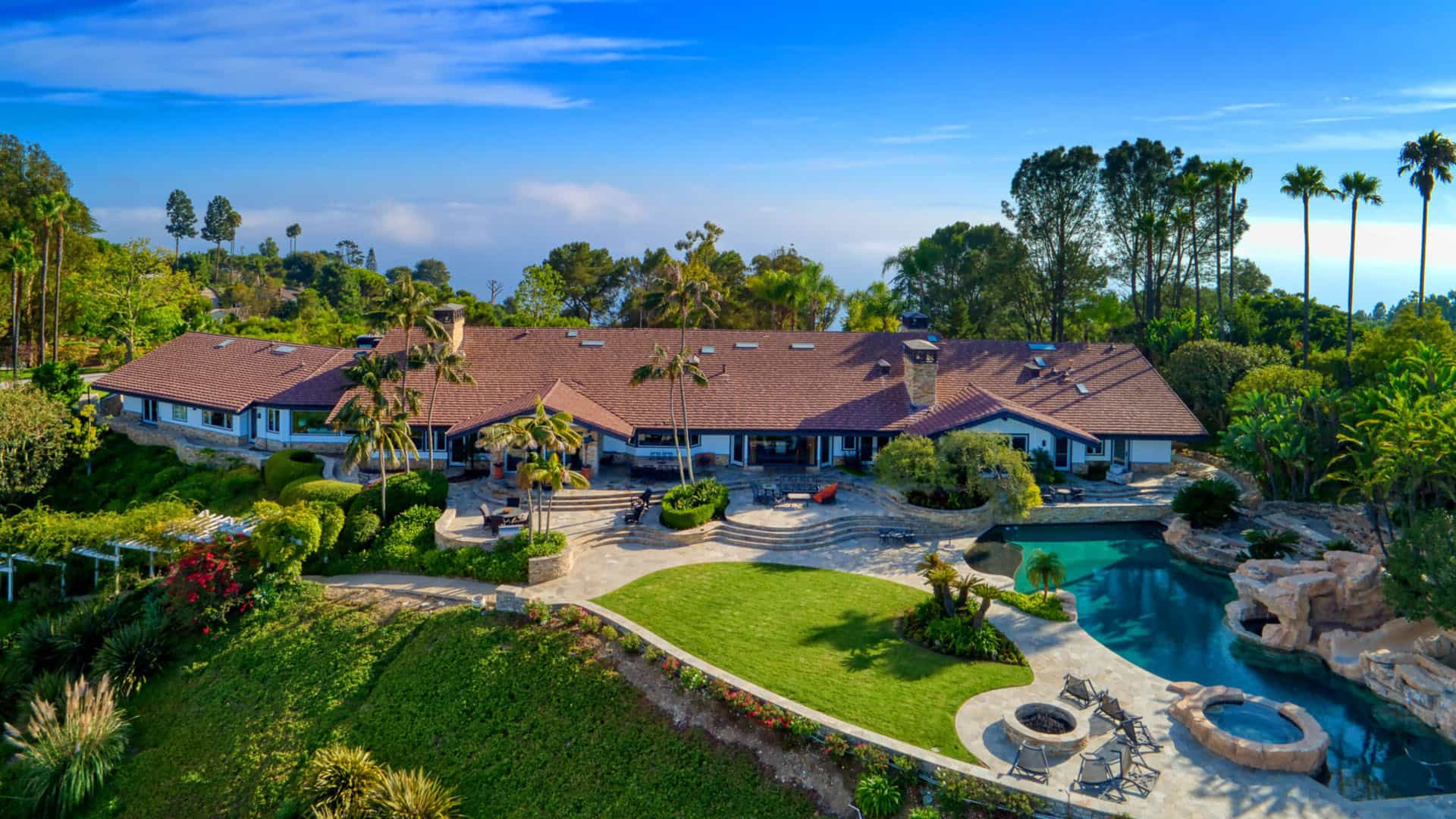Recent Tips and Articles by Property Wash.com LLC
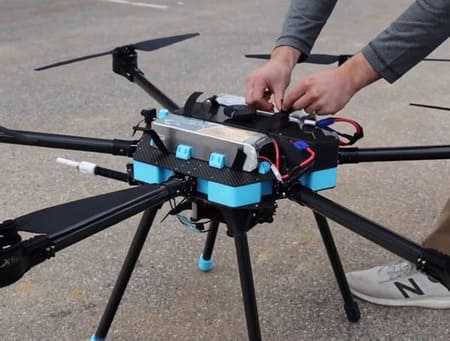
See Clearly, Soar Higher: How Drone Window Washing Is Transforming Manhattan Beach Properties
In sunny Manhattan Beach, clean windows aren't just a finishing touch-they're a reflection of your property's standard. But traditional window washing methods often come with their own set of challenges: ladders, scaffolding, and the potential for property disruption or worker injury. Enter drone window washing-an innovative, […]
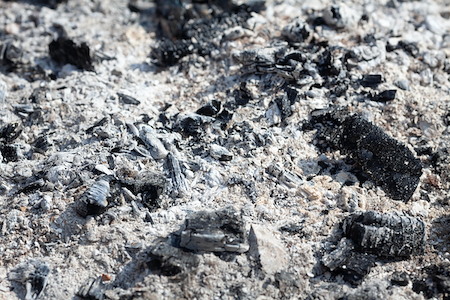
Why Professional Palisades Ash & Debris Removal Is Essential for Safety
After a wildfire, house fire, or controlled burn, lingering ash and debris can pose significant health and safety risks. While many homeowners may attempt to clean up the mess themselves, improper removal can lead to respiratory hazards, surface damage, and even increased fire risks. Professional ash […]
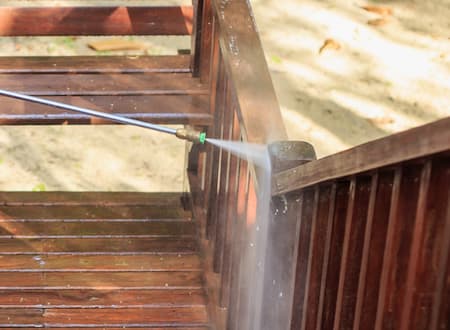
The Dos and Don’ts of DIY Pressure Washing
Pressure washing can be a satisfying task. It's a powerful cleaning method that can drastically improve the look of your home or business. But with great power comes great responsibility, and it's essential to approach DIY pressure washing with care and knowledge. Here's a list of […]
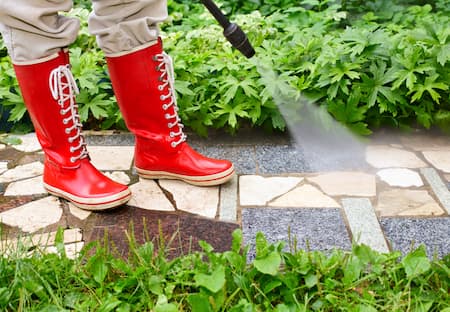
Seasonal Guide to Pressure Washing: Best Practices Year-Round
Pressure washing is a vital part of property maintenance that can preserve the integrity of your home or business's exterior. But not all seasons are created equal when it comes to this powerful cleaning method. Here's your seasonal guide to getting the best results from pressure […]
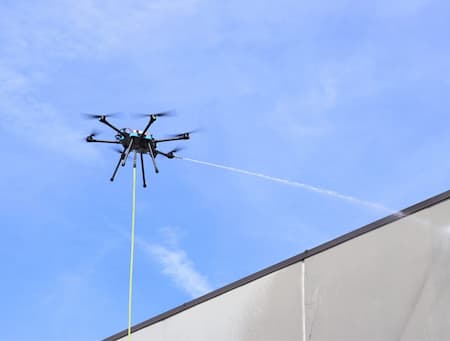
Drone Pressure Washing: The Future is Here
The advent of drone technology has brought about a significant leap in various industries, and pressure washing is no exception. What once required scaffolding, ladders, and a considerable amount of manual labor can now be performed with greater efficiency and safety. This is the era of […]
